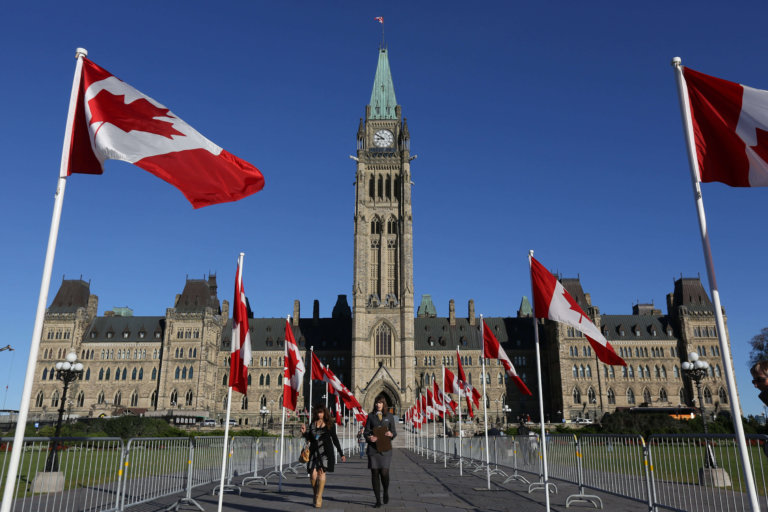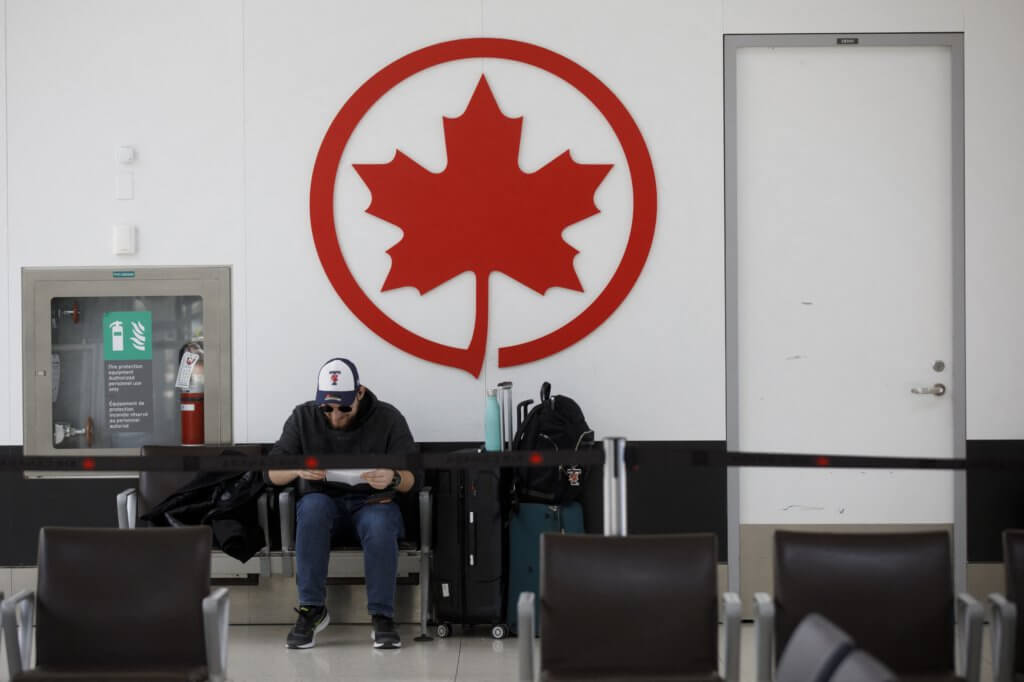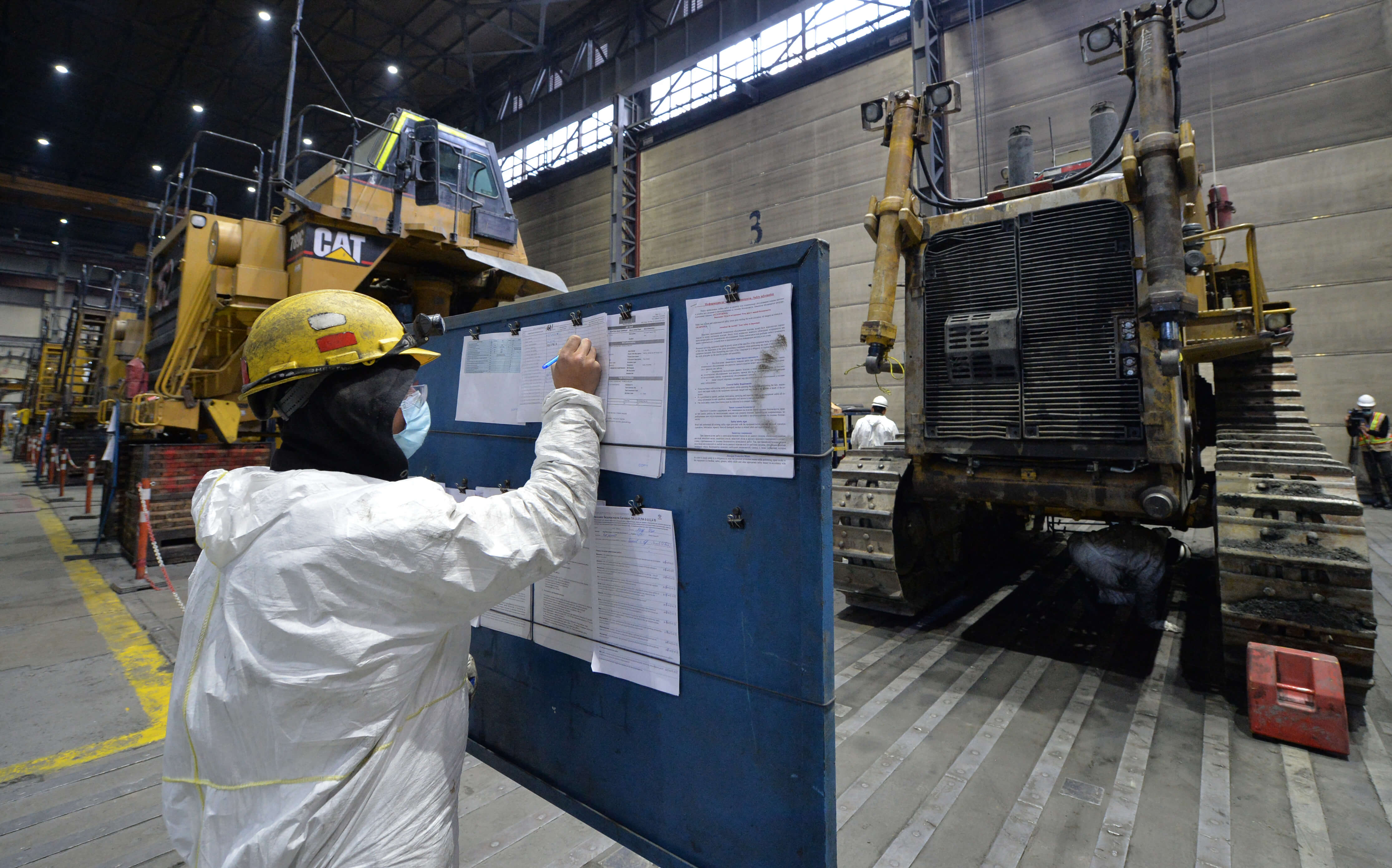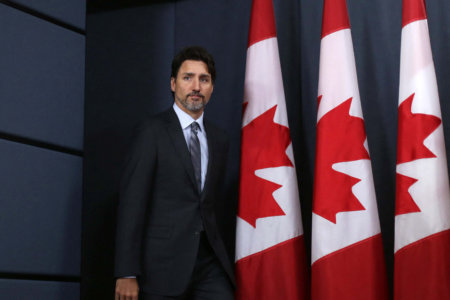
International students in Canada intending to remain in the country now have another reason to expect good prospects after completing their studies. A new study from Statistics Canada published on Jan. 18, 2022 revealed that the annual median salary in Canada for post-graduation work permit (PGWP) holders have nearly doubled within a decade.
From 2008 to 2018, the median salary received by PGWP holders increased to 26,800 Canadian dollars from just CA$14,500 when adjusted to account for differences in dollar value over the decade.
Participation of PGWP holders in the Canadian labour market over the decade studied remained stable, and the number of employers who reported their income during this time increased by more than 13 times in size, from 10,300 to 135,100 between 2008 to 2018.
Of all the PGWP holders during this period, nearly three-quarters obtain permanent residency within just five years after their PGWP was issued.
The PGWP is a one-time, non-extendable work and temporary residency permit that allows international students to be employed and remain in Canada for up to three years after graduation.
It is often the first step towards getting a PR, which many holders qualify through Canada’s economic-class immigration programmes.

Since PGWP was first established as a pilot programme in 2003, it has become a major draw to lure international students to Canada. Source: Cole Burston/Getty Images North America/Getty Images via AFP
Median salary in Canada for PGWP holders: a breakdown
International students have long been a valuable source of labour for Canada’s job market. The new report suggests that the encouraging numbers in transition rates to PR might be influenced by PGWP holders’ cumulative work experience in Canada, which boosts their chances for immigration in Canada.
Since PGWP was first established as a pilot programme in 2003, it has become a major draw to lure international students to Canada.
The uptick in Canadian-taught graduates over the years expanded the pool of qualified individuals to participate in the country’s labour market, which in turn helps Canada achieve its immigration targets.
From the report, international students from India and China account for 66% of all PGWPs issued in 2018, up from 51% a decade earlier.
The number of Indian students who received PGWPs within that 10-year period increased from 10% to 46%, while the opposite happened to Chinese students, dropping to just 20% from 41%.

PGWP holders in the mining and oil and gas extraction industry were among those who earned the highest median earnings in 2018. Source: Vyacheslav Oseledko/AFP
The annual median salary in Canada among PGWP holders in Canada differ according to gender, age, and nationalities.
Within the decade studied, men consistently earned higher than women, while older PGWP holders recorded the highest median earnings yearly. By county of origin, Iranians earned the most in 2018, followed by PGWP holders from Nigeria and Pakistan. The lowest earners were those from China, US, and Vietnam respectively.
Industry-wise, the mining and oil and gas extraction sector provided the highest amount of annual median salary in Canada in 2018, which is echoed in the utilities and public administration sectors.
On the other end of the spectrum, those employed in education, administrative and support services, and retail trade were among the lowest-earning PGWP holders in the same year. These stark contrast across sectors are consistent with the general pattern among all Canadian workers, according to the report.
Although these data suggest favourable prospects for international students in Canada, securing a PGWP in the first place could prove challenging at the moment. The country is dealing with a massive backlog of nearly two million immigration-related applications, resulting in months to years of delay for many who are uncertain about their immigration status.
Despite the backlog, Statistics Canada reported that three in 10 overseas students who first entered Canada after 2000 attained a permanent residency status within a decade after their study permit was first issued.










